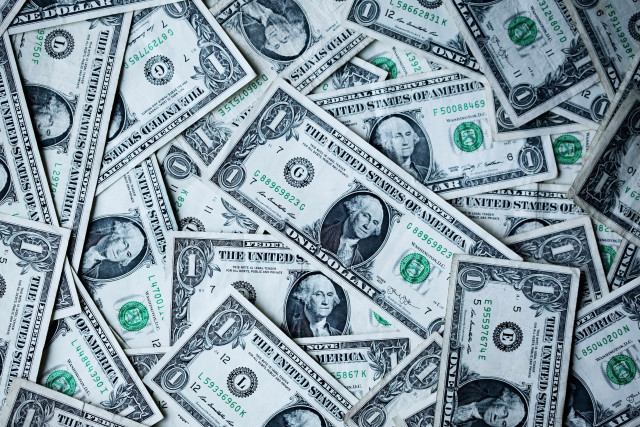JWU professors, like students, are experiencing the “new normal” at home during the global pandemic, COVID-19. In this series, we’ll explore how they are navigating their day-to-day, both inside and outside the online classroom, and their observations of the world. Read more here.
Last year, I joined the small but growing bandwagon of people advocating for a cashless society. The movement has not received widespread traction, but the easy spread of coronavirus may change that. Are you, like me, now wondering: who and how many people have touched that dollar bill that I am now putting into my wallet?
The cashless movement first came to my attention by a New York restauranteur. By going cashless, he argued, he was protecting the safety of his workers while making the delivery of the food quicker and more efficient. He also was responding to a shift in consumer behavior that has dethroned cash as the king of retail purchases. Trending now is the growth of cashless transactions. The National Retail Federation (NRF) reports that roughly 80 percent of consumers pay with plastic, a number that will continue to increase due to the growing influence and participation of Millennials and Generation Z consumers.
There are many reasons why restaurants and other businesses are transitioning to cashless transactions. They want a universal and convenient way for their customers to acquire goods and services. They also see the use of credit, debit and gift cards as an easier way to reconcile a day’s sales accurately. Cashless establishments are able to operate more efficiently, with quicker transaction times, and minimize the risks associated with cash on hand such as robbery, internal theft, and now illness.
For all these reasons, the movement to a cashless society makes sense; yet, there has been opposition. Many of the opponents of cashless retail establishments often present arguments that are not supported by data. One common misconception is that cashless establishments alienate older customers. Consumer behavior shows that plastic is favored over cash by all age groups. Studies show that 83 percent of consumers ages 30-49 use credit cards, along with 78 percent of consumers ages 50-64, and 65 percent for ages 18-29. Options such as prepaid gift or debit cards are available to those who do not have solid credit or bank accounts.
In many places, government has stepped into this conversation with legislation being introduced to curb cashless retail establishments, thereby stifling payment innovation. The answer to the question about the legality of cashless retail establishments starts with this statement: “This note is legal tender for all debts, public and private.” Look at the dollars in your wallet, and you will see this clearly noted on each paper denomination.
The thing is, today, with coronavirus all around us, we are looking at those dollars in our wallet wondering who touched it last. Some research has shown that certain strains of the coronavirus can last up to five days on surfaces. So now not only do I want to know where my food came from when I order take out, I also have to wonder who else has touched the change when I pay my check with cash.
As we debate the desires of business and needs of consumers in the United States, businesses around the world are continuing to develop new ways to streamline services and reduce expenses and liability, including cashless transactions. We should not hinder the ability of U.S. businesses and retailers to compete on the global playing field by legislating cash to be the preferred transactional currency.
There is no going back; cash is no longer king. Our elected leaders must be forward-thinking in their efforts to address the emerging consumer behavior of cashless transactions, especially now living in the world of the coronavirus. The business community must work with legislators to determine the best way to deliver their services and goods without violating federal legal tender laws. The bottom line is that cash may not be in the best interest of public health.
Want to learn more about earning your BS – Fashion Merchandising & Retailing degree program? Complete the “Request Info” form on this page or call 855-JWU-1881.
For more fashion and marketing news, follow me on Twitter: @KristenRegine.
